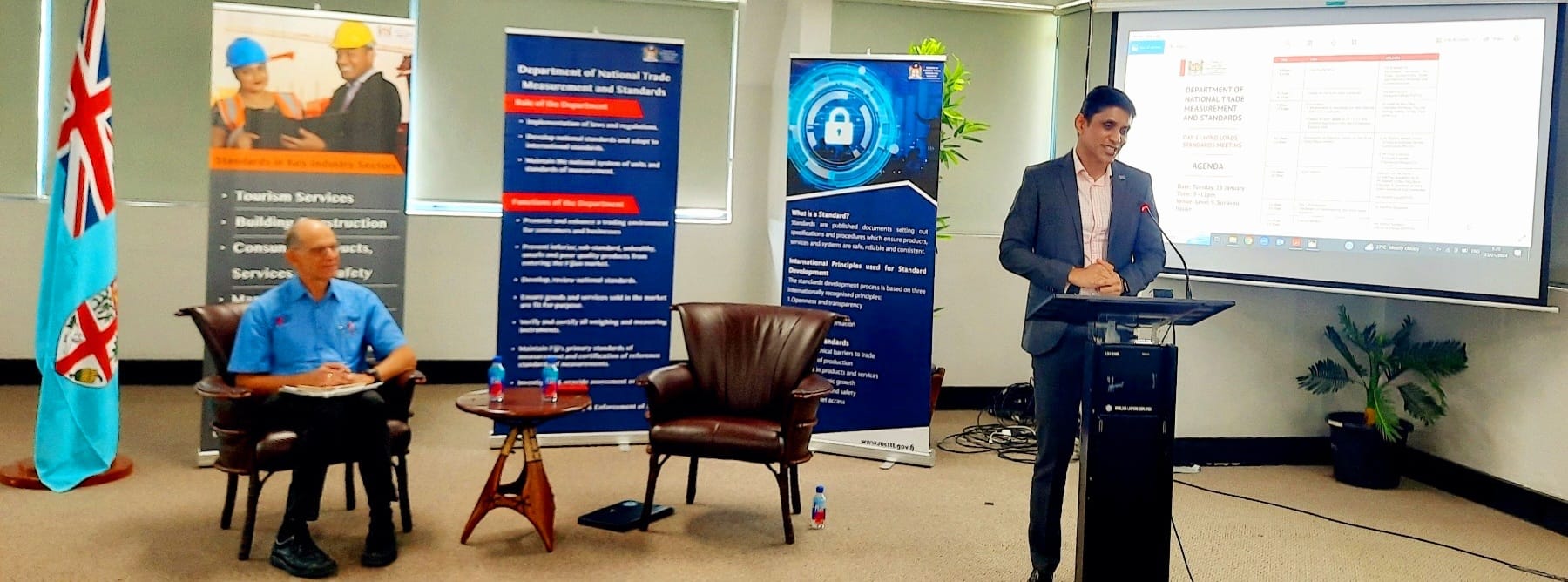Natural disasters have cost Fiji an average annual asset loss of more than $500 million — equivalent to more than five percent of GDP, underscoring the need for more resilient infrastructure.
This was the message from the Minstry of Trade, Cooperatives, Small and Medium Enterprises and Communications to participants at the two-day meeting on Fiji’s new Wind Load Standards, currently underway in Suva.
“As a nation, we have experienced several damaging and devastating Category 4 and Category 5 tropical cyclones in the past five years,” Permanent secretary for Trade Shaheen Ali said in his keynote address.
“Most recently in the region, Tropical Cyclone Lola struck Vanuatu and Tropical Cyclone Mal passed perilously close to the West of Fiji.
“These natural disasters, beyond our control, have left in their wake, property damage, long term impact on environment and biodiversity, and tragic fatalities.
“These disasters take an economic toll as well. The Ministry of Finance estimates an average annual asset loss of over $500 million — equivalent to more than five percent of our GDP, as a cost of these disasters.”
Stakeholders at the workshop are working on Fiji’s new Wind Load Standards as part of an ongoing collaboration between Fiji and Australia under the Vuvale Partnership on “customising the Australian and New Zealand Standards for Fiji’s wind conditions, aligning building designs more accurately with our local environment, for enhanced safety and structural integrity”.
“Through the partnership, in particular the expertise provided by the Cyclone Testing Station at James Cook University (JCU), and Standards Australia, we have assessed wind loading data to ensure that buildings are designed to withstand wind speeds up to 74 metres per second — increase from the previous standard of 69 metres per second,” Mr Ali said.
While compliance may mean higher building costs, any concerns will need to be balanced against prioritising enhanced structural performance of buildings that can withstand tropical cyclones, he added.
Stakeholders are expected to come up with recommendations on the optimal Wind Load Standards to suit Fiji’s specific needs when the meeting ends today.



